
Collecting Baseball Cards: A Guide to Building Your Dream Collection

Collecting Baseball Cards: A Guide to Building Your Dream Collection
The enduring appeal of collecting baseball cards echoes America’s deep-rooted love for the game. Hailed as America’s pastime, baseball has captivated fans for generations, and the history of baseball cards intertwines seamlessly with this passion. A baseball card collection reveals stories and connections within baseball culture.
One of the primary reasons people collect baseball cards is the thrill of nostalgia. Vintage cards are a physical link to the past, allowing fans to revisit the golden eras of baseball history. For many collectors, these cards are keepsakes that evoke memories of trading, a ritual that fosters friendships and community among fans.
Beyond personal connections, vintage baseball cards have emerged as valuable investment opportunities. Their worth often appreciates over time, making them attractive to investors and collectors alike. The allure of old cards lies in their historical significance and rarity, which amplifies their value.
The fascinating origins of baseball cards offer insight into past marketing strategies. Tobacco companies first introduced these cards as promotional materials, using images of popular baseball players to entice consumers. Over time, the medium evolved, transitioning to gum cards and various toys that appealed to younger audiences.
In this blog, we’ll dive deep into the history of baseball cards, exploring iconic eras and preservation techniques. We’ll also discuss how collectors can pass down this legacy to future generations, ensuring that the magic of baseball card collecting continues to thrive. Whether you’re a seasoned collector or just beginning your journey, a rich world of history and connection is waiting to be discovered!
The Early History: From Tobacco-Era to the Rise of a Hobby
The origins of baseball cards can be traced back to the late 19th century, a time when the sport was just beginning to gain popularity. Picture the scene: it’s the 1860s, and baseball, still in its infancy, starts to flourish. Local teams and amateur players were celebrated through the earliest baseball cards, which began making their debut around this time. These cards honored players and laid the foundation for modern baseball card collecting.
American Tobacco Company
By the early 20th century, the American Tobacco Company played a pivotal role in the rise of baseball cards. In 1909, they produced the now-iconic T-206 set, which featured legendary players, including the famous Honus Wagner. This particular card has since become one of the most prized possessions for collectors today. The T-206, often referred to as the white border set, remains highly sought after, highlighting the enduring legacy of this era.
World War I and the Great Depression
However, the journey of baseball cards was not without its challenges. World War I and the Great Depression took a significant toll on the industry, as many consumers faced financial constraints, leading to limited disposable income. Additionally, manufacturing struggles hampered the production of cards.
Despite these setbacks, the Goudey Gum Company emerged during this tumultuous time, releasing what is now regarded as a highly valuable and rare collection: the 1933 Goudey baseball cards, commonly known as the Big League Chewing Gum cards. These cards were aimed primarily at youth, igniting interest in collecting among kids.
Challenges in baseball card production
As the nation entered World War II, baseball card production faced yet another hurdle. Resources were redirected towards the war effort, resulting in the rationing of materials such as paper and gum. The baseball card industry was impacted, but the passion for collecting endured, paving the way for its future evolution.
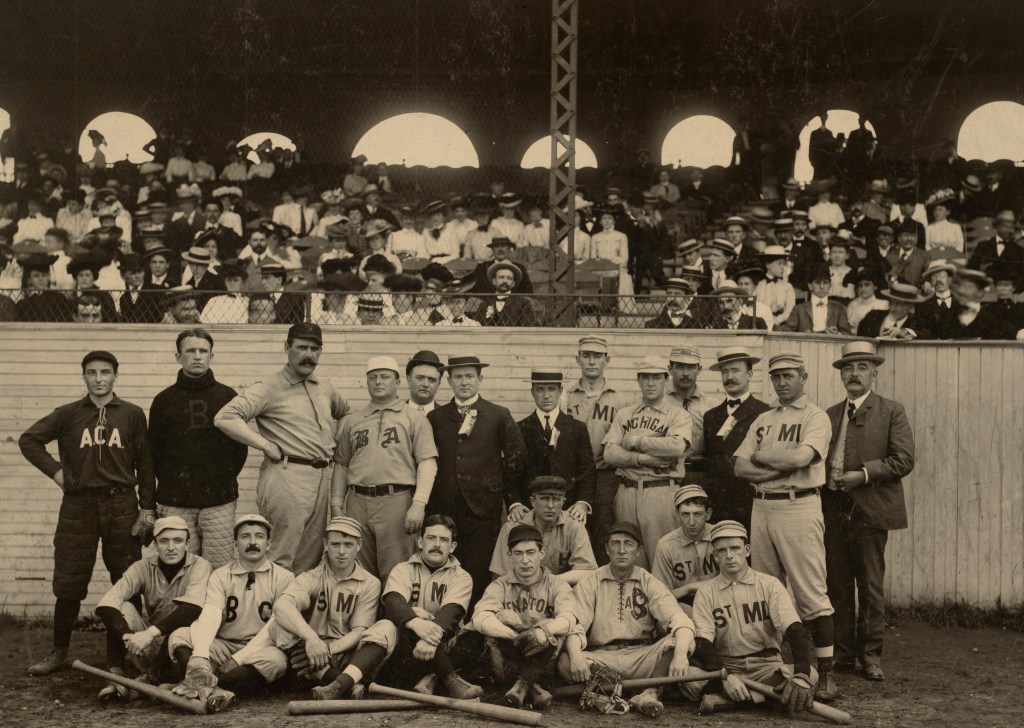
Topps and the Baseball Card Boom
Topps transformed baseball cards into a widespread passion, sparking a significant boom in popularity that solidified the hobby’s place in American culture.
In the aftermath of World War II, bubble gum companies took the lead in this transformation, capitalizing on the post-war economic boom and the rise of television. The Bowman Gum Company initially set the trend with its release of iconic black and white cards in 1948, followed by colorized editions. This period is often viewed as the Golden Age of baseball cards, laying the foundation for what was to come.
However, Topps Chewing Gum Company made its mark in 1951 by introducing the trading card game, which would change the landscape of baseball card collecting. Their first set, featuring 407 cards, included the iconic Mickey Mantle card, which quickly became highly sought after. Topps’ popularity soared due to its strategic contract with Major League Baseball (MLB) players, effectively cementing its reign in the baseball card market for years to come.
What made Topps so appealing to young fans and collectors? Unlike earlier baseball cards, which were mainly promotional items for cigarette companies, Topps cards captured the imagination of children. They were vibrant and colorful, showcasing up-close pictures of players alongside team logos, player statistics, and facsimile autographs. This engaging presentation encouraged kids to buy these cards, particularly those of their favorite players, and to trade them with friends.
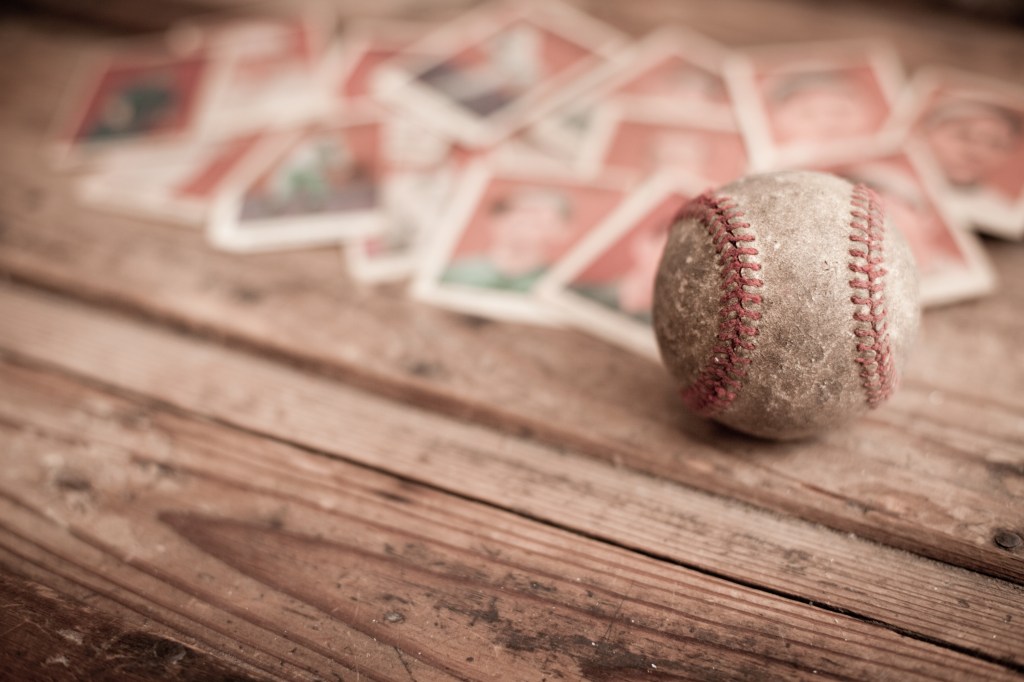
Iconic Eras and Memorable Sets
Baseball cards hold a unique significance for collectors and fans alike, often representing the rich history and legacy of the sport. Historical sets and iconic baseball cards have shaped the way enthusiasts engage with baseball memorabilia. The origins of original baseball cards date back to when sports companies used baseball team cards as promotional items, making them fascinating topics for collectors.
Early days
In the late 19th century, tobacco and cigarette companies popularized baseball cards as collectibles. One of the leaders in this movement was Allen & Ginter, which produced promotional items featuring top players of the time, including notable figures such as Charles Comiskey and Buffalo Bill. Following them, Goodwin & Company introduced sepia-toned cards, with later versions showcasing vibrant colors.
Iconic T-206 set
Meanwhile, the American Tobacco Company entered the baseball card market and created the T-206 set, famously known as the “holy grail” of card collectors. This set features legends like Honus Wagner and Eddie Plank, and an authentic card in excellent condition can be worth a significant amount. The T-206 is frequently recognized as one of the Big Three baseball card sets.
Candy and gum industry contributions
The candy and chewing gum industry also contributed to the boom of baseball card collecting. The Goudey Gum Company was known for its popular vintage cards from the Big League Chewing Gum set, which included great players like Babe Ruth, Jimmy Fox, and Lou Gehrig, solidifying its status as one of the Big Three sets.
Impact of Topps
Following this, Bowman entered the market with a focus on rookie cards, while Topps Chewing Gum Company made a major impact with the release of the 1952 Topps set. With exclusive contracts with Major League Baseball players, Topps established itself as a leader in baseball card companies. This set is especially cherished by collectors, featuring colorful images and appealing to younger audiences, along with the legendary Mickey Mantle card. Additionally, competitors like Fleer and Donruss emerged, providing licensed cards to broaden the market.
Upper Deck
Upper Deck distinguished itself by offering premium quality cards that incorporated advanced features such as photography, holographic logos, and foil stamping, which served to prevent counterfeiting.
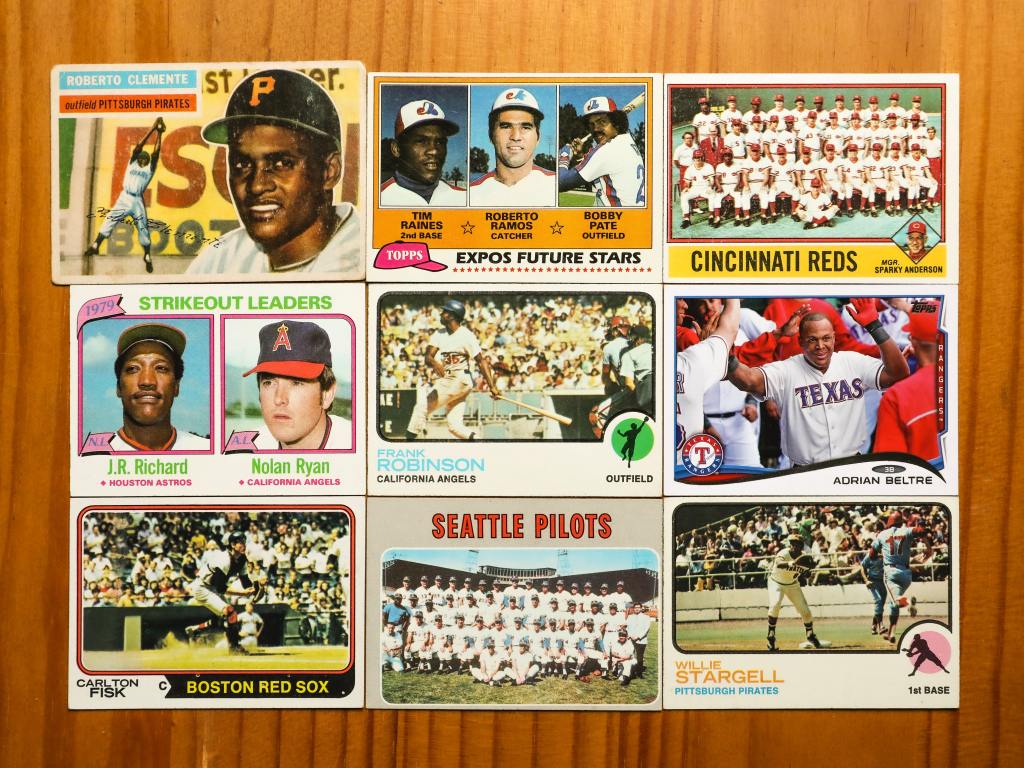
Preservation and Condition: Caring for America’s Pastime
Preservation plays a crucial role in maintaining the integrity and value of a collection, especially when it comes to items like baseball cards and other sports memorabilia. The condition of these items is directly linked to their overall significance, both personally and financially. A well-preserved card enhances its value, so using proper storage techniques is essential to protect and preserve it.
Archival-quality storage
To ensure the longevity of baseball cards, it’s important to use archival-quality storage solutions. Utilizing acid-free sleeves, binders, and boxes can significantly mitigate the risk of damage from chemicals that can weaken the card’s material over time.
Displaying cards
When displaying cards, it’s advisable to opt for UV-protected glass, as this will help shield them from harmful rays that can fade colors and cause other forms of deterioration. Additionally, keeping cards away from direct sunlight is a critical measure in preservation, as prolonged exposure can lead to irreversible damage.
Long term-care guidelines
Climate control is another key factor in preserving sports memorabilia. It is recommended to store these items in environments where temperature and humidity levels are regulated to prevent fluctuations that can affect card conditions. Basements and attics should be avoided for storage due to significant temperature and humidity changes, which can lead to mold growth and damage.
By following these guidelines, collectors can help ensure that their treasured items remain in excellent condition, preserving their aesthetic value and financial worth.
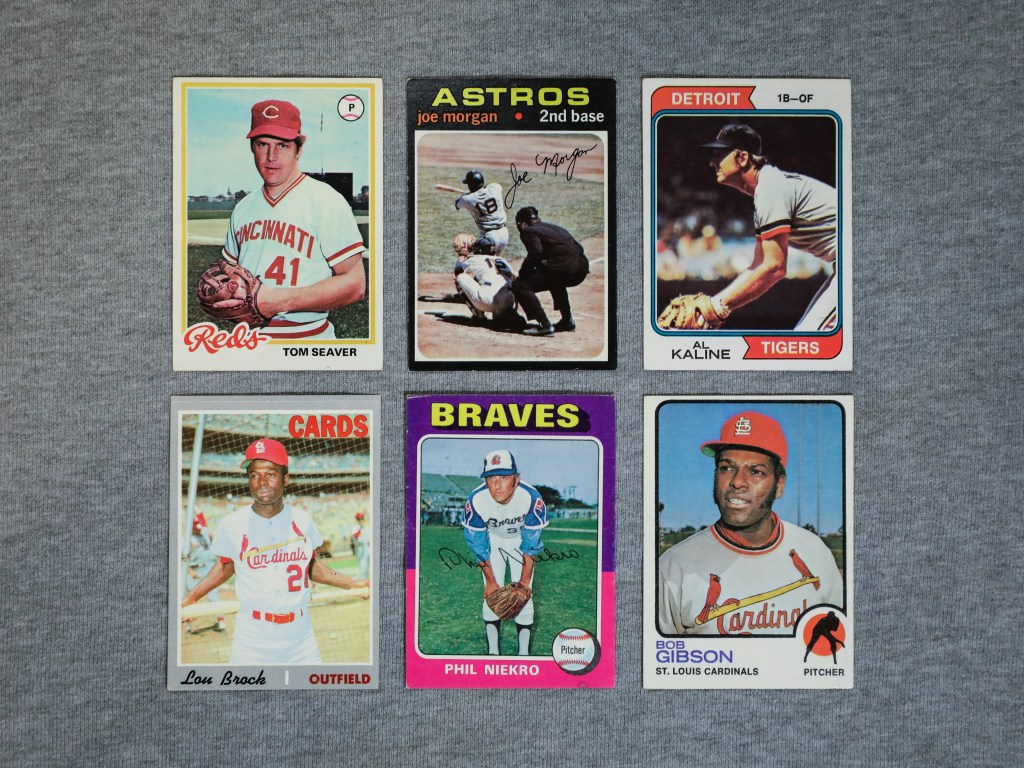
Passing Down the Hobby to Future Generations
The legacy of collecting baseball cards is a cherished tradition that often weaves itself through the fabric of families, ensuring that this engaging pastime is passed down from generation to generation. Introducing children to baseball cards creates a shared experience that strengthens family bonds. This generational hobby keeps the excitement alive and instills pride in continuing a family tradition that celebrates the sport’s history and players.
Preserving America’s pastime
Baseball cards serve as tangible pieces of history, capturing moments from various eras of the game. From their origins as inserts in cigarette packs to their evolution into a key memorabilia format, these cards reflect the milestones and legends of the sport. Each card can tell a story, preserving memories of when a player made a significant impact or when a team celebrated a triumphant season. This physical history allows collectors to appreciate the evolution of the game while holding a piece of its legacy in their hands.
In addition to being historical artifacts, baseball cards also serve to preserve the memory of America’s pastime. They commemorate the victories and milestones of favorite players, ensuring that the joy and excitement of the game live on. Families bond over memories of games and admired players, celebrating the sport and the connections it fosters across generations.
Bridging generations
Collecting baseball cards also helps bridge the generational gap, fostering a connection between the young and old. For older collectors, sharing their knowledge of the game and its history provides an opportunity to teach the youth about its cultural significance. In turn, younger collectors can introduce their elders to the digital age, showing them how to connect with online communities or find elusive cards. This reciprocal exchange nurtures relationships and enhances the shared experience of collecting.
Investment potential
Moreover, baseball cards’ investment potential cannot be overlooked. For many, collecting is an opportunity for financial gain. Families often discuss the value of their collections and the potential future worth of unique cards, instilling a sense of financial literacy in younger collectors. As these cards are passed down, the understanding of their potential as an investment adds another layer of significance to the hobby.
Preserving the legacy
Ultimately, preserving and passing down a baseball card collection ensures that its legacy continues. Whether the collection resides in the hands of a seasoned collector or is introduced to a newcomer, it carries the stories, memories, and passion of previous generations. Sharing preserves the collection’s value and strengthens family bonds, helping the love for baseball and its history endure.
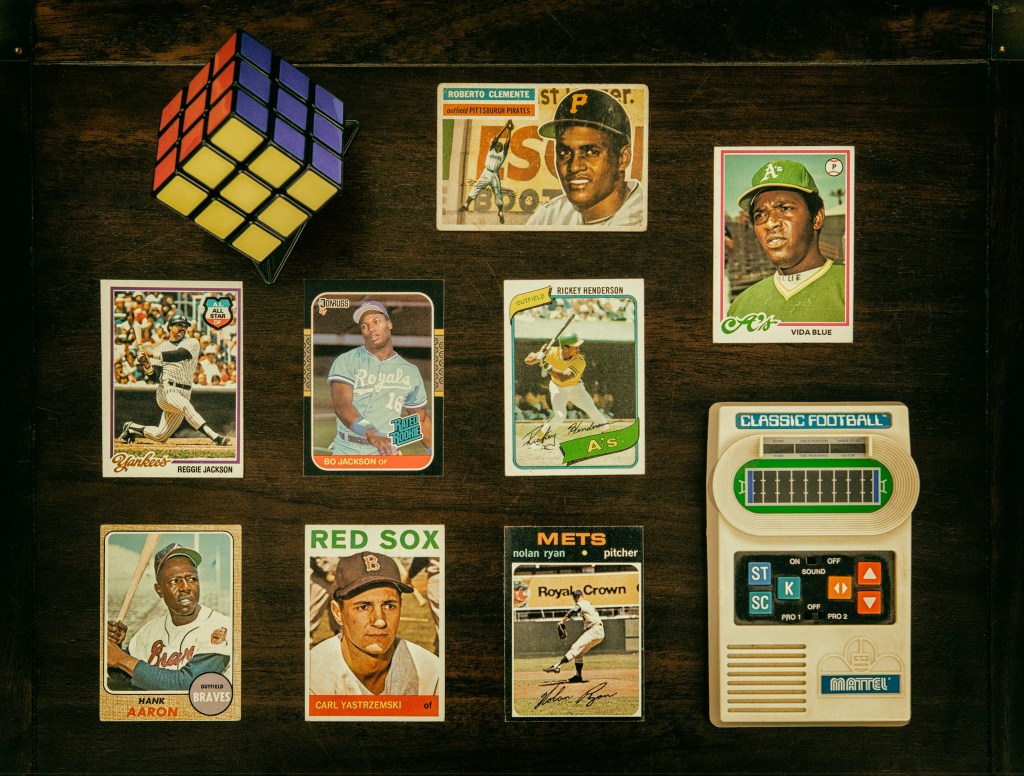
Conclusion: The Lasting Impact of Baseball Card Collecting
Collecting baseball cards has played an integral role in shaping America’s sports heritage, intertwining nostalgia with a deep appreciation for the game. From their humble beginnings in the 19th century to the vibrant marketplace we see today, baseball cards have captured the hearts of fans, chronicling the stories of legendary players and pivotal moments in sports history. This hobby connects enthusiasts and builds community as collectors trade and cherish their prized possessions. As we celebrate this tradition, it’s important to preserve baseball cards so future generations can enjoy the joy of collecting and keep the spirit of the game alive.
Sources
https://www.invaluable.com/blog/a-brief-history-of-baseball-cards/
https://www.hobbynewsdaily.com/post/baseball-cards-a-brief-history-of-eras
https://baseballhall.org/discover/topps-transformed-baseball-cards-from-hobby-to-passion
https://baseballhall.org/discover/baseball-card-preservation
https://www.barnebys.com/blog/the-baseball-card-boom-a-history-of-trading-cards
https://www.amerlegends.com/the-legacy-of-baseball-cards-passing-down-the-hobby-through-generations/
About Collectibles Insurance Services
Collectibles Insurance Services has been protecting collections since 1966 and all coverage is provided by a carrier with a group rating of “A” (Excellent) by AM Best, the leading rating agency for the insurance industry.
Comprehensive coverage includes, but is not limited to: accidental breakage, burglary, fire, flood, loss in the mail, theft, natural disasters, and other causes of loss unless specifically excluded from the policy. Deductibles start at $0 for collector policies and we provide coverage for the market value of your collection for losses in excess of $50.
Additionally the protection extends At home and away, and we don't require collection itemization and serial number nor extensive paperwork and red tape.
